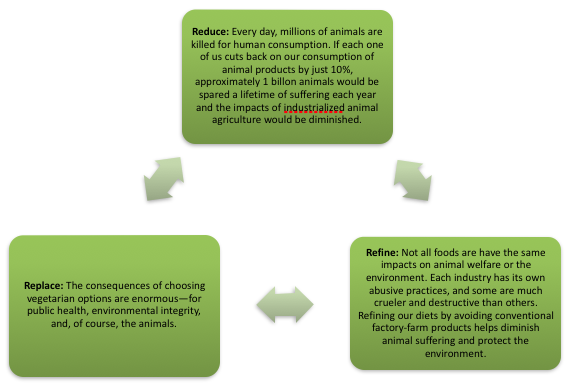Super Easy Ways To Cut Down On Food Waste
Super Easy Ways To Cut Down On Food Waste
Education 24 Apr 23
- Be shop smart. Plan meals, use grocery lists and avoid impulse buys. This way you’re less likely to buy things you don’t really need and are unlikely to actually eat.
- Buy exactly what you need. For example if your recipe calls for three carrots – don’t buy a whole bag, purchase loose produce and buy what you’ll use.
- Be realistic. If you live alone perhaps avoid bulk purchasing of perishables, like apples (unless you really like apples). If you rarely cook avoid buying too many perishables at the same time.
- Buy the ugly-looking fruit. Many fruits and vegetables are thrown away because they don’t look perfect but will taste just as good and may even be cheaper!
- Have a plan B. You were planning on making dinner but suddenly you are out on the town instead. Don’t toss the ingredients! Freeze it or cook it if it’s going to go bad and use the next day.
- Practice FIRST IN, FIRST OUT. When unpacking groceries, move older products to the front of the fridge, freezer, cupboards and put new products in the back. In this way you’re more likely to use it up before it expires.
- Monitor what you throw away. Keep this in mind when shopping or freeze that half loaf of un-used bread before it goes stale.
- Take stock. Check on foods you already have at home and note upcoming expiration dates and plan meals around them.
- Designate one dinner each week as a “use-it-up” meal. Instead of opening up new products or unfreezing more produce, look around in the cupboards and fridge for leftovers or already opened packets and use them up – frittatas are a good way to use up bits and pieces and taste great.
- Eat leftovers. Pack em’ up for work or school lunches. Or freeze them and use them up at a later date.
- Use it all. For example steam the broccoli stems too along with the florets, eat apples and pears with the skin on or use leftovers to make soups or stock.
- Store better. For example by keeping cereal and crackers in air tight containers. Store food properly in the fridge – they call it the ‘produce drawer’ for a reason.
- Understand expiration dates. Turns out those expiration dates don’t always have to do with food safety; rather, they’re usually manufacturers’ suggestions for peak quality. If stored properly, most foods stay fresh several days past the “use-by” date. If a food looks, smells, and tastes okay, it should be fine. If any of these elements are off, then it’s time to toss it.
- How hungry are you really? Before cooking ascertain how hungry you really are, do you want an extra piece of chicken, garlic bread or more potatoes? Reducing portion size is an easy way to reduce food waste. On a night out – share your starter?
- Ordered too much at a restaurant? Take a doggie bag and have it for lunch the next day.
Combating food waste is an essential part of meeting the food demands of a growing population.
Solutions
Thankfully there are many ways we can help to make a difference and reduce the impacts of food production and consumption on our health, the environment and on livestock.
One key solution is to REDUCE, REPLACE & REFINE:

Other solutions include shopping for produce grown close to Gibraltar; as less fossil fuel is used for its transportation. You can choose organic over non-organic food. Organic food is produced without using chemicals which reduces water, soil and air pollution. Furthermore, organic farming works in harmony with nature; rather than driving wildlife away, organic farmers attract them to their land as they play a key role in pest prevention and management.
By choosing to eat more plant-based foods you can drastically cut your carbon footprint, save precious water supplies and help ensure that vital crop resources are fed to people, rather than livestock.
Additionally, organise yourself so that you don’t produce any food waste and always recycle your food packaging!
Remember that as consumers we each have the opportunity to make a difference and help our planet, improve our health and the quality of life of livestock.

